Philip McEvansoneya follows the trail of a painting of Rembrandt’s wife, Saskia, from the shadow of the Galtee Mountains through Hermann Göring’s art collection, to Saskia’s hometown in the Netherlands
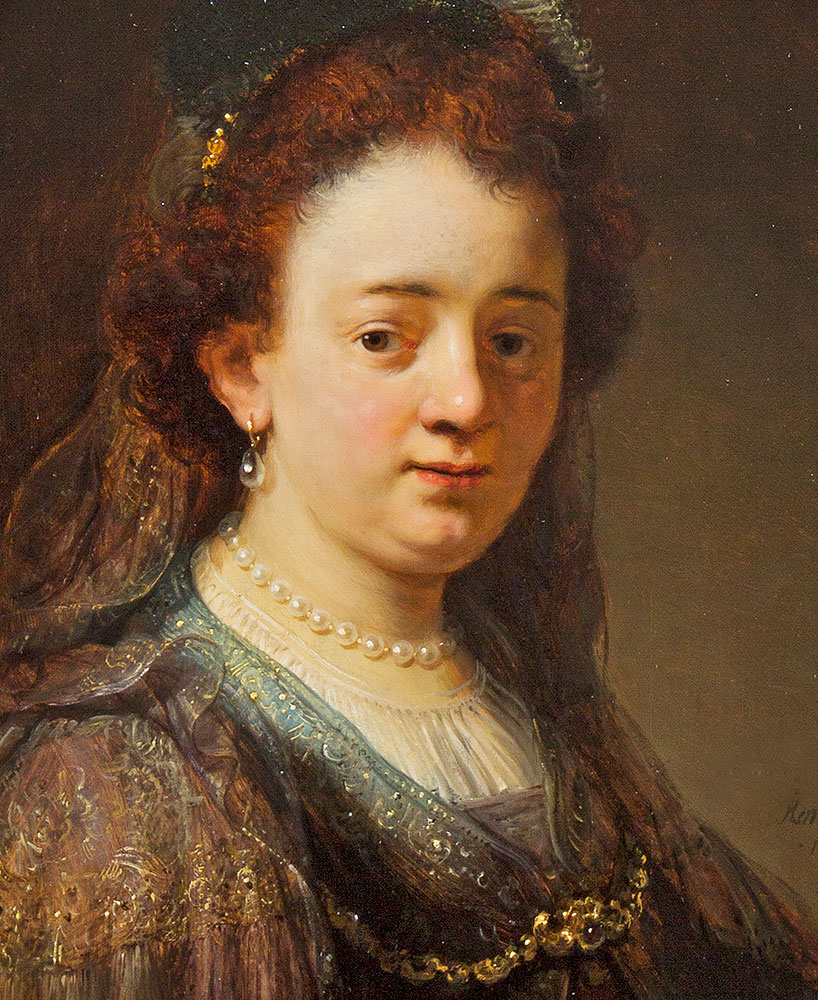
In 1930 Harry Sinclair, a Dublin dealer in antiques and paintings, revealed that he had discovered a ‘lost’ masterpiece by Rembrandt – a portrait of the artist’s wife, Saskia, signed and dated 1633 (Fig 2). In the opinion of Thomas Bodkin, then the Director of the National Gallery of Ireland (NGI), it was the most interesting artistic discovery in Ireland since that of a large group portrait by Frans Hals at Malahide Castle in 1908 (now in the National Gallery, London).
Unsurprisingly, the discovery of a Rembrandt attracted a good deal of attention, not least because, before making his announcement, Sinclair took the painting to Paris to be authenticated by Wilhelm (later William) Valentiner of the Detroit Institute of Arts, one of the leading Rembrandt experts of the day. Valentiner issued a certificate to that effect, which was duly published. He included the painting with some of his other recent rediscoveries in an article in The Burlington Magazine. The public launch of the work initiated the journey the painting then took, from Dublin to the Netherlands to Germany and back to the Netherlands, passing through the hands of the distinguished and the notorious.
To read this article in full, subscribe or buy this edition of the Irish Arts Review
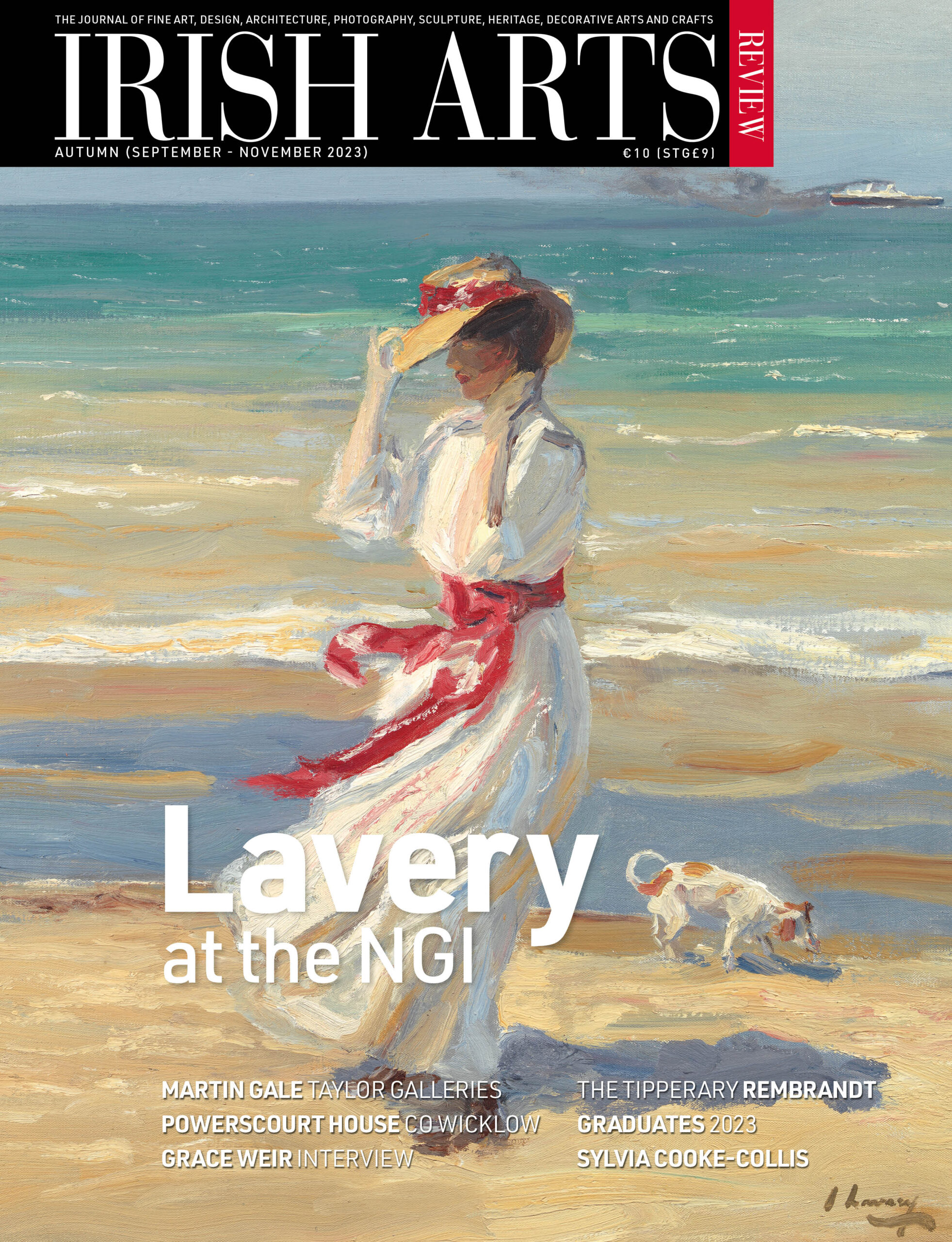
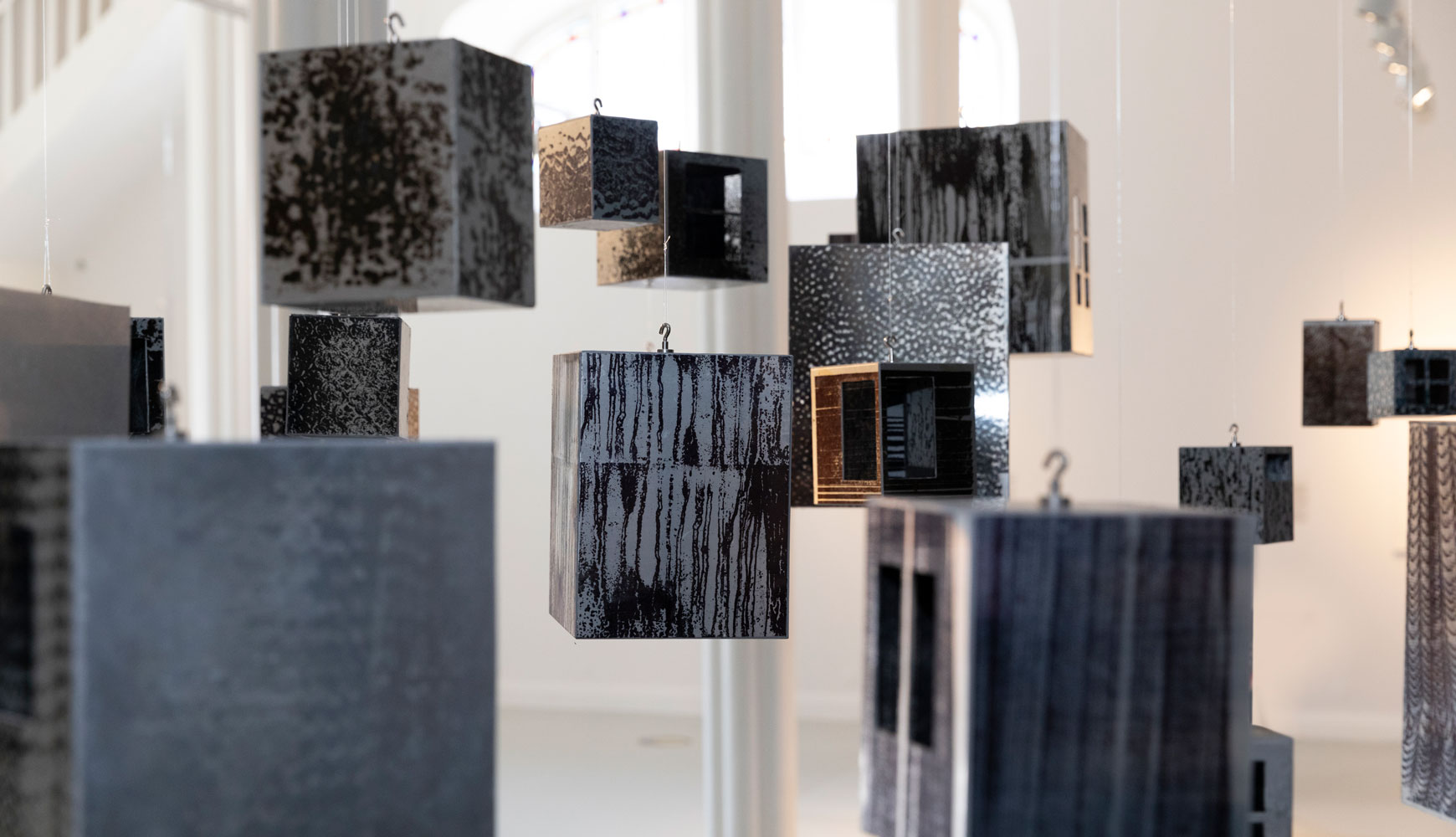
Aoife Ruane looks at artist Niamh McGuinne’s work, on show at the Highlanes Gallery
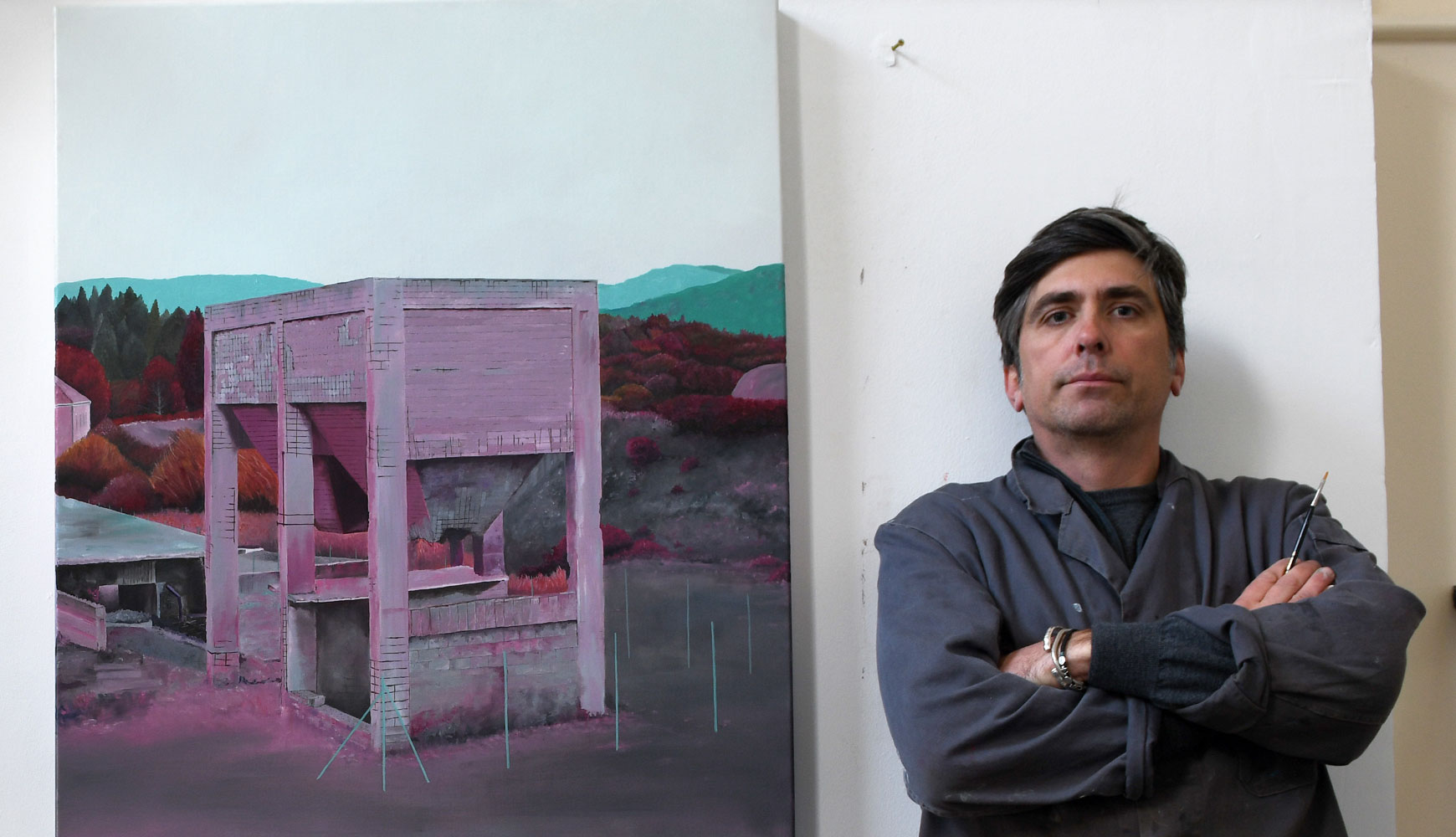
Pascal Ungerer’s peripheral landscapes evoke a sense of silence and isolation , writes Margarita Cappock
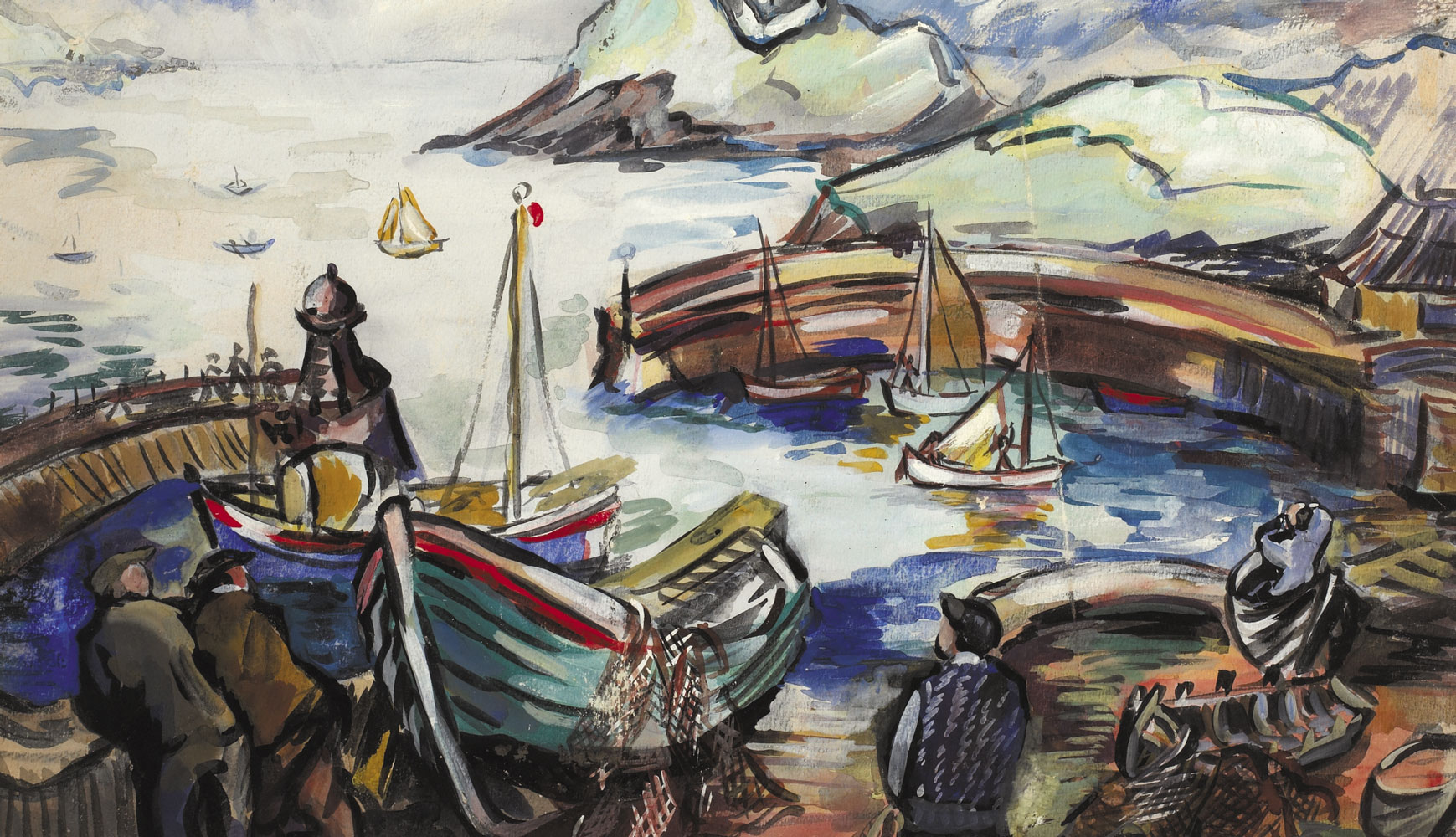
On the fiftieth anniversary of her death, Michael Waldron assesses the work of Cork artist Sylvia Cooke-Collis